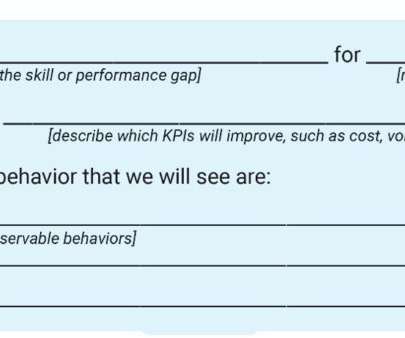Bob Mosher Workshop on Informal Learning
Learning Visions
OCTOBER 1, 2010
** Mass ISPI Fall 2010 Workshop, O ctober 21 Informal Learning: Are We Missing a HUGE Opportunity? Bob Mosher Global Chief Learning Strategy and Evangelism LearningGuide Solutions Thursday, October 21 7:30 AM-11:30 AM Some research suggests that up to 80 percent of learning in the workplace occurs on an informal basis.













































Let's personalize your content